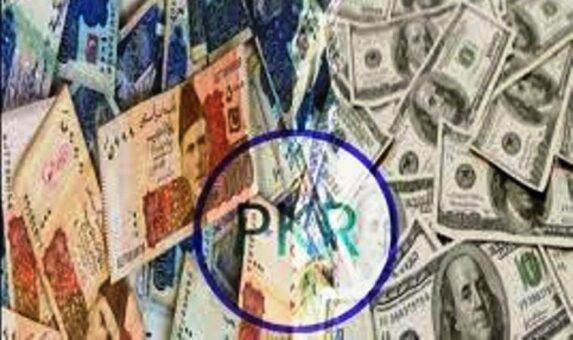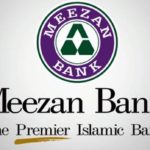KARACHI: The banking deposits have reached to all time high at Rs13.45 trillion by end of March 2019 amid reports of government initiatives of Treasury Single Account (STA).
The deposits of the banking system increased to Rs13.456 trillion by March 2019 as compared with Rs12.57 trillion in the same month a year ago, showing growth of seven percent, according to statistics released by State Bank of Pakistan (SBP) on Wednesday.
Previously, the deposits hit record high at Rs13.35 trillion by the end of December 2018.
Analysts said that the initiatives of TSA would have negative repercussions on the banking deposits.
The has drafted a proposal to introduce TSA to transfer its deposits that are currently being maintained with commercial banks, to State Bank of Pakistan (SBP).
In this regard, SBP a day earlier held a meeting with bank representatives to brief them about the proposed mechanism of TSA.
The SBP has asked banks to provide feedback by the end of this month on the viability to consolidate government accounts into a single account as well as the readiness of their system to perform the implementation, as per channel checks.
Analysts at Topline Securities said that it would be a negative development for banks in terms of systematic risk as total government deposits with commercial banks are around Rs1.9 trillion or 13.7 percent of total deposits, around which, Rs0.9 trillion are of the federal government.
Bank of Khyber (BOP) has the highest government deposits (Federal & Provincial) of 63 percent of its total deposits, followed by Bank of Punjab (BOP) 56 percent, Askari Bank (AKBL) 33 percent and National Bank of Pakistan (NBP) 29 percent.
The analyst said that in the first phase, federal government deposits (around Rs0.9 trillion) will be transferred to SBP under single account, which may be followed by transfer of provincial deposits (around Rs1 trillion).



